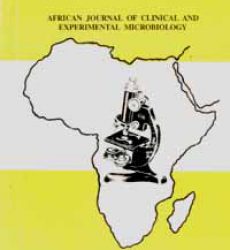Abstract
The spread of antibiotic-resistant microorganisms in the environment is recognized widely as an important public health issue, with concerns about future ability to treat infectious diseases. The main risk to public health is that the resistance genes are transferred from environmental bacteria to human pathogens. Safe water is one of the most important needs in public health in the twenty first century. Radiation sensitivity (D10) is defined as the radiation dose (kGy) required to reduce the number of that microorganism by 10-fold. The aim of this paper is to determine the association between multiple antibiotic resistance and radiation sensitivity (D10).Four hundred and sixty four (464) water samples were collected for assessment. E. coli isolation and identification were done using API 20E, and a PCR based DNA STRIP technology that allows simultaneous detection of virulence genes and confirmation of E. coli isolates. Antibiotic susceptibility testing was also conducted using the Kirby-bauer method. Radiation sensitivity was done using a cobalt 60 source. Sixty-three percent (63%) of the multidrug resistant E. colistrains recorded a multiple antibiotic resistance (MAR) index value of >0.2. The mean radiation sensitivity (D10) of the E. coli isolates is 0.33±0.11 kGy. The study confirmed a high prevalence of multiple antibiotic resistances in E. coli isolates. Lastly, there is no association between multiple antibiotic resistant indexes and radiation sensitivity (D10) of antibiotic resistant E. coli.
Keywords: Antibiotics, Escherichia coli, water-borne, multi drug resistant radiation, Sensitivity.
Download full journal in PDF below
Radiation sensitivity of water- borne multi drug resistant Escherichia coli

